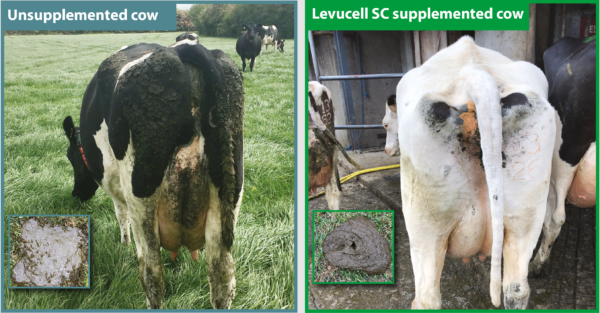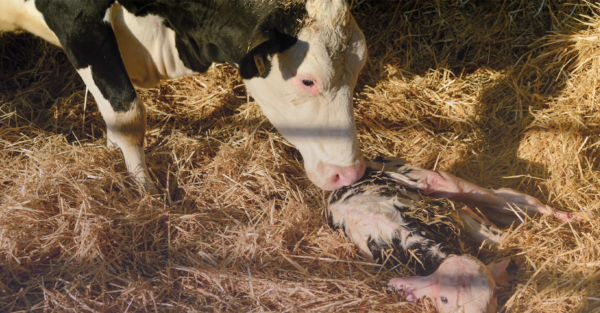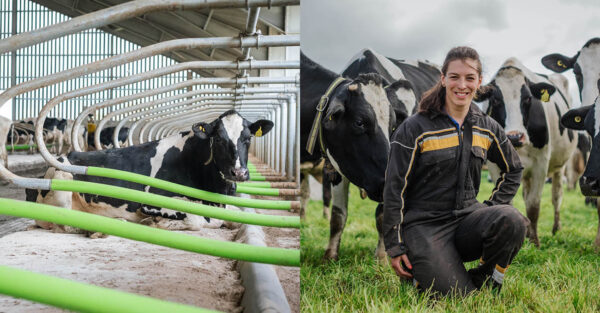Blog | Reading Time 2 minutes
Plan ahead to formulate consistent winter rations

Plan for winter feeding to ensure cows receive consistent rations and achieve optimum milk yields, and push up your feed efficiency.
With varying silage quality experienced this year, Lallemand Animal Nutrition’s Feed Additive Product Manager Mark McFarland says it is important to undertake analysis of your forages to gain an accurate picture of the quality of the silages.
Measure forage quality and quantity
“Measuring silage clamps and assessing the quantity of forages available is equally important,” says Mr McFarland.
He says if you are aware of this, you can plan ahead to ensure rations are balanced to meet cows’ needs.
“If you start planning for winter as early as possible, it should help you achieve optimum milk production in a financially and environmentally sustainable manner,” he adds.
“In instances where silage quality changes throughout winter, rations should be reformulated to maintain optimum nutrient levels.”
Manage clamps for consistent quality
In addition, Mr McFarland advises paying close attention to clamp management and aiming to feed a consistent ration every day.
“To achieve this while minimising waste, feed out in a vertical column from the clamp to ensure silage quality is consistent in every mix,” he explains.
“Aim to move across the whole clamp face in less than three or four days. In case of very wide clamp faces, taking shallower grabs, rather than full grabs will help to avoid silage being exposed to oxygen for too long, as that can affect aerobic stability of the silage negatively.”
Manage ration delivery to maximise intakes and feed efficiency
Mr McFarland says how the ration is delivered should be another area of focus.
He says: “Feeding out wagon mix rations between milkings, and not at milking time, increases feeding bouts and can improve feed efficiency by as much as 7%.
“In addition, pushing feed up regularly and feeding twice a day or more increases dry matter intakes, reduces sorting, and leads to increased lying time and improved rumination activity.”

Feeding rumen-specific yeast Levucell SC boosts feed efficiency and sustainability
He says feeding a rumen-specific live yeast, like Levucell SC, can help balance rations, while also delivering environmental benefits.
“The yeast works by optimising rumen function, increasing ration digestibility and feed efficiency – ensuring cows get the most out of the feed available to them,” explains Mr McFarland.
“Studies have shown that the inclusion of the live yeast in rations improves feed efficiency by 3-6%1 2 in lactation and consequently reduces the carbon footprint of milk production by up to 6%3.
“When fed prior to calving, the yeast reduces body weight loss and promotes early lactation feed intake. This, combined with the improved feed efficiency during lactation has the potential to improve milk yields by up to 8%, making a significant contribution to sustainable milk production,” adds Mr McFarland.
[1] De Ondarzaet al., USA, 2010
[2] Representative results under rumen challenged conditions
[3] Santos et al., University of Florida, USA, 2020
Published Sep 17, 2023 | Updated Dec 4, 2023
Related articles
Need specific information?
Talk to an expert


